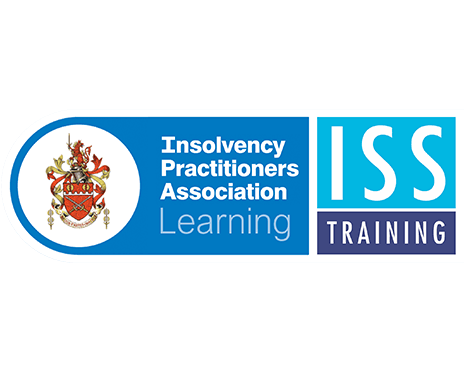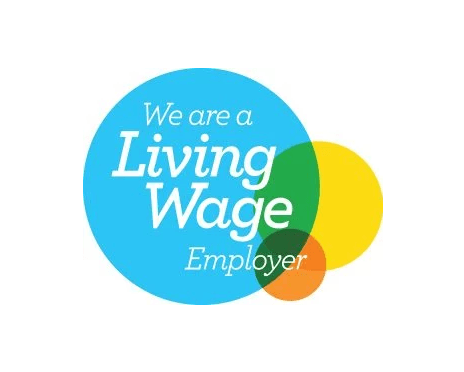What do certain Scottish insolvency and insolvency-related legal terms mean, and what are their equivalents in England & Wales? This glossary provides definitions for some of the most common Scottish terms, along with their England & Wales equivalent (in italics beneath the Scottish term).
If you would like more information or advice about any of these or other Scottish insolvency terms and how they are applied, please get in touch.
Accountant in Bankruptcy (AiB)
The Executive Agency of the Scottish Government responsible for administering the process of personal bankruptcy and recording corporate insolvencies in Scotland. It is responsible for the determination of personal and entity bankruptcy applications, making decisions on debt payment programme applications under the Debt Arrangement Scheme and protecting trust deeds.
Acquirenda
After acquired property
Property acquired by the debtor in a fixed four-year period commencing with the relevant date and which assets would have vested in the debtor’s estate as at the relevant date.
Adjudication of claims
The process of agreeing or rejecting creditor claims in Scottish insolvency.
Arrestment (see also Diligence)
A civil court enforcement action
A legal action in which an arrestor arrests moveable property belonging to a debtor in the hands of a third party (e.g. book debt, funds in a bank account) (the arrestee).
Arrestment of earnings
A civil court enforcement action
Where an employer is instructed to make deductions from earnings and pay the sums deducted directly to the creditor.
Assignation
Assignment
An assignment of a right or rights; the instrument by which this is done.
Attachment
A civil court enforcement action
A legal action in which an arrestor arrests moveable property belonging to a debtor (the arrestee) in the hands of the debtor (e.g. car, antique, jewellery).
Bank arrestment
The most common third party against whom arrestments are served. Where the arrestment is successful and funds are caught, the bank must indicate this to the creditor, and release funds automatically to a creditor after 14 weeks.
Books of Council and Session
A public court register in which you can put any legal document. Send the original and get a certified copy which is deemed to be original, so useful if deeds are lost.
Caution/cautioner (pronounced kayshun)
Surety/guarantor
Security/one who stands surety.
Caveat
A Caveat is a document that can be lodged in any Scottish Court on behalf of an individual or company (the Caveator), which obliges the Court to provide an early warning if someone asks the Court to grant an immediate order against them.
Certificate for Sequestration
Obtained free of charge, it certifies a debtor is unable to pay debts when due and is used to support a debtor’s bankruptcy application. Those authorised to issues them include most money advisors, insolvency practitioners (IPs) and some IP staff.
Charge for payment
Request to compel the debtor to act in relation to a debt or to obey the decree of the court.
Conjoined arrestment order
Two or more creditors joining together in an arrestment order.
Corporeal asset
Chattel
Tangible asset with a physical presence.
Corporeal heritable asset
Land and buildings with physical presence.
Court Liquidation
In Scotland, compulsory liquidation is known as court liquidation.
Court of Session
High Court
Scotland’s highest civil court. Applications are made first of all to the Outer House. In the event of appeal, applications will go to the Inner House.
Court Reporter
A person, specialised in the matter before the court, appointed to assist the court in making its decision.
Debt Arrangement Scheme
Debt Management Plan
Statutory backed debt management plan run by the Accountant in Bankruptcy (AiB) on behalf of the Scottish Government.
Decree
(County) court judgement
Court document setting out court’s decision.
Diligence
Civil enforcement
Enforcement of debt following court action.
Disposition
A deed of conveyance. Transfer of title in property in Scotland is by way of formal disposition, registered at the Land Register.
Gratuitous Alienation
Transfer at undervalue.
Heritable property
Freehold property
Land and buildings.
Hypothec
The right of a creditor to hold the effects of a debtor as security without taking possession of them.
Incorporeal asset
Asset with no physical presence - e.g. a right or entitlement.
Induciae
The period of time between a citation to appear in a law court and the date fixed for the hearing.
Infeft Proprietor
The owner of heritable property – one who is invested with legal possession.
Inhibition
Formal notice in respect of the debtor that prevents sale of property owned by the debtor without notice, a writ prohibiting the debtor from committing their heritable property to the prejudice of a creditor.
Interdict
Injunction
Court order prohibiting some action complained of as illegal or wrongful, until the question of right is tried in court.
Interim Liquidator
Official Receiver
Always appointed in court liquidation in conjunction with a winding up order.
Interlocutor
Any court order issued by the court.
Intromit/intromissions
Handle or deal with funds of property/dealings with the debtor’s assets.
Inventory and Valuation
A list of all of the debtor or company’s assets, with their attributed value.
Irritancy/irritate
Make void, nullify (usually in respect of landlords, and their right in certain situations to bring the lease to an end).
Lien
A right to hold a party’s property until payment of or in settlement of their debt.
Lord Advocate
The principal law officer of the Crown in Scotland.
Messenger at Arms
An official or messenger who carries out the warrants of the Court of Session, enforces diligence.
Money attachment
A civil court enforcement action
A legal action in which an arrestor arrests cash and cheques belonging to a debtor (the arrestee). Envisaged to be used in a trading situation rather than domestic.
Obtempered
Complied with any instruction or direction e.g. from the court or the Accountant in Bankruptcy (AiB).
Prescription
Limitation
The expiry of entitlement of a creditor to pursue their debt.
Procurator Fiscal
Director of Public Prosecution
The public prosecutor in the sheriff court.
Protected Minimum Balance (PMB)
The legal minimum amount that must be left in a debtor’s bank account following an arrestment.
Register of Inhibitions and Adjudications
Public register of all inhibitions lodged against a debtor (individual or company).
Renunciation
Renouncing a lease (remedy belonging a landlord).
Resile
To withdraw from an agreement.
Retrocess/retrocession
To return a right to the person who granted it/to return a right temporarily assigned to another.
Scheme of division
Estimated outcome statement
Calculation that shows expected dividend.
Sheriff/Sheriff Court
County Court
Lower civil court in Scotland.
Sheriff Appeal Court
Appeals division for the Sheriff court.
Sheriff Officers
Bailiffs
An official or messenger who carries out the warrants of the Sheriff, enforces diligence.
Sederunt book
A permanent record of the insolvency proceedings which contains copies of court orders, accounts and records of meetings but not general correspondence. It can be inspected by the Accountant in Bankruptcy (AiB).
Sequestration
Bankruptcy
To put the assets of the debtor into the hands of a trustee for equitable division among his creditors, by order of the court.















